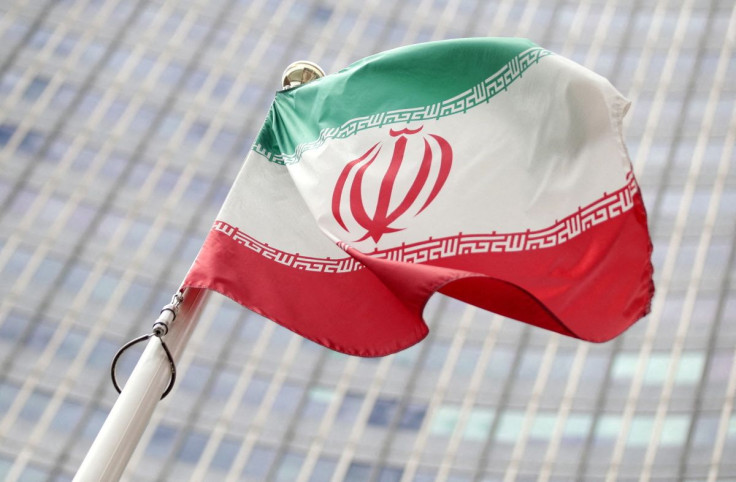Iran Nearing Nuclear Bomb Yardstick As Enriched Uranium Stock Grows

The stock of enriched uranium amassed by Iran in breach of its 2015 nuclear deal is growing to the point that its most highly-enriched material is most of the way to a common bomb yardstick, a report by the U.N. nuclear watchdog showed on Thursday.
The amount in the quarterly International Atomic Energy Agency report to member states seen by Reuters comes as negotiators at talks on salvaging the 2015 deal say they are in the final stretch. Western powers have warned time is running out before Iran's nuclear progress makes the talks pointless.
The report showed Iran's stock of uranium enriched to up to 60% fissile purity had almost doubled, increasing by 15.5 kg to 33.2 kg (46 to 110 pounds). A senior diplomat said that is around three-quarters of the amount needed, if enriched further, for one nuclear bomb according to a common definition.
That definition - 25 kg of uranium enriched to 90% - is a theoretical yardstick and how much is needed in real life would depend on further processes the material would still have to go through to make an actual bomb, the senior diplomat cautioned.
The 2015 deal between Iran and world powers imposed restrictions on Iran's nuclear activities in exchange for the lifting of international sanctions.
Then-President Donald Trump pulled the United States out of the deal in 2018, reimposing tough economic sanctions on Tehran. Iran responded by breaching many of the deal's restrictions, including a 3.67% cap on the purity to which it could purify uranium and a 202.8-kg limit on its enriched uranium stock.
That total stock of enriched uranium now stands at 3.2 tonnes, an increase of 707.4 kg on the quarter, the report showed. That is still less than the more than five tonnes the Islamic Republic accumulated before the 2015 deal but the highest purity it achieved then was 20%.
OBSTACLE
The report was one of two that are usually issued together, the other one being on unresolved issues around nuclear material that the IAEA suspects Iran failed to declare to the Vienna-based U.N. agency.
The IAEA has found particles of processed uranium at three apparently old sites that Iran never declared. The agency has been seeking answers from Iran but has repeatedly said Tehran has not provided satisfactory answers.
That issue is one of the main remaining obstacles to an agreement on reviving the 2015 deal, diplomats said.
Iran wants the IAEA investigation ended as part of an agreement but Western powers have argued that issue is beyond the scope of the 2015 deal, to which the IAEA is not a party.
IAEA Director-General Rafael Grossi will travel to Tehran on Saturday hoping to agree on a "process" that would lead to the end of the investigation, potentially clearing a way for the wider agreement, diplomats said. The second report has been withheld until then.
© Copyright Thomson Reuters 2024. All rights reserved.







